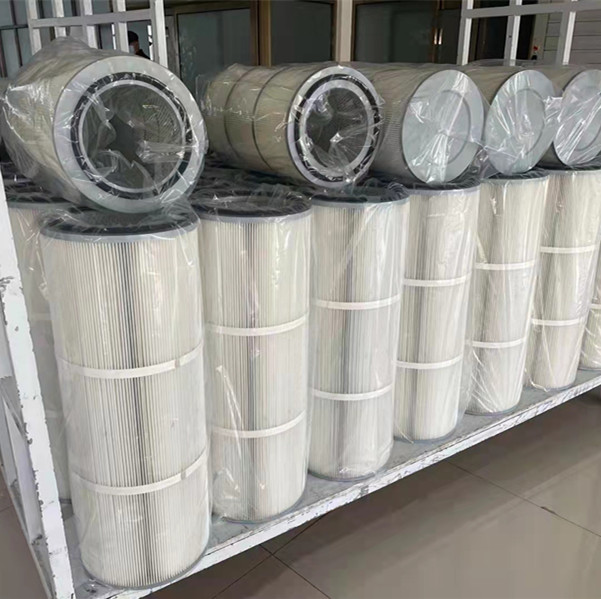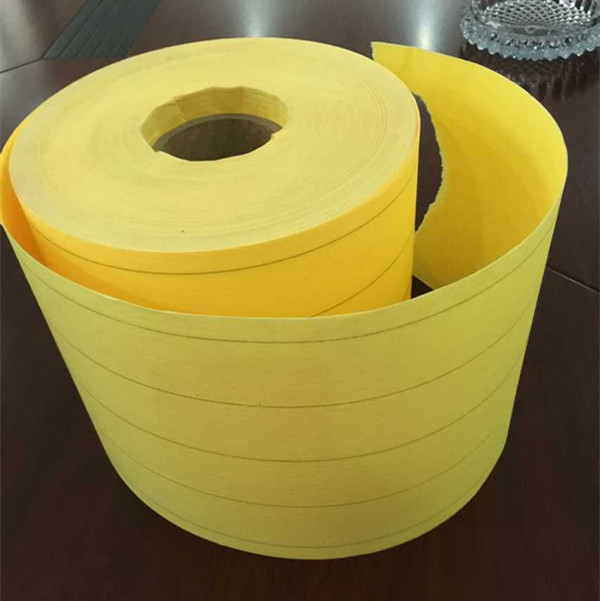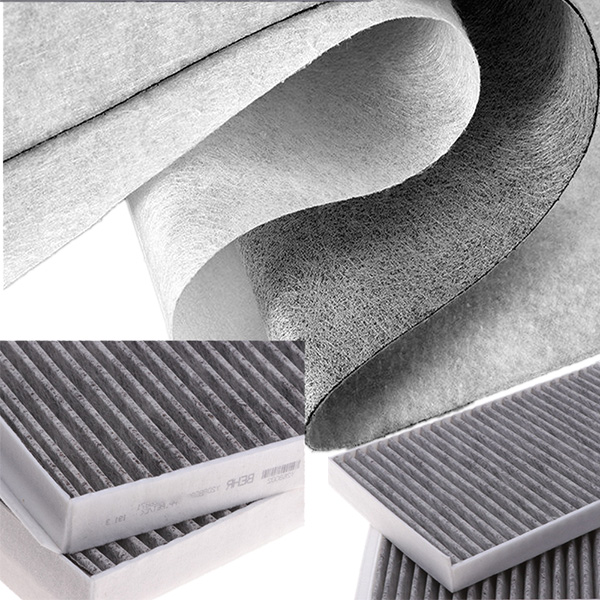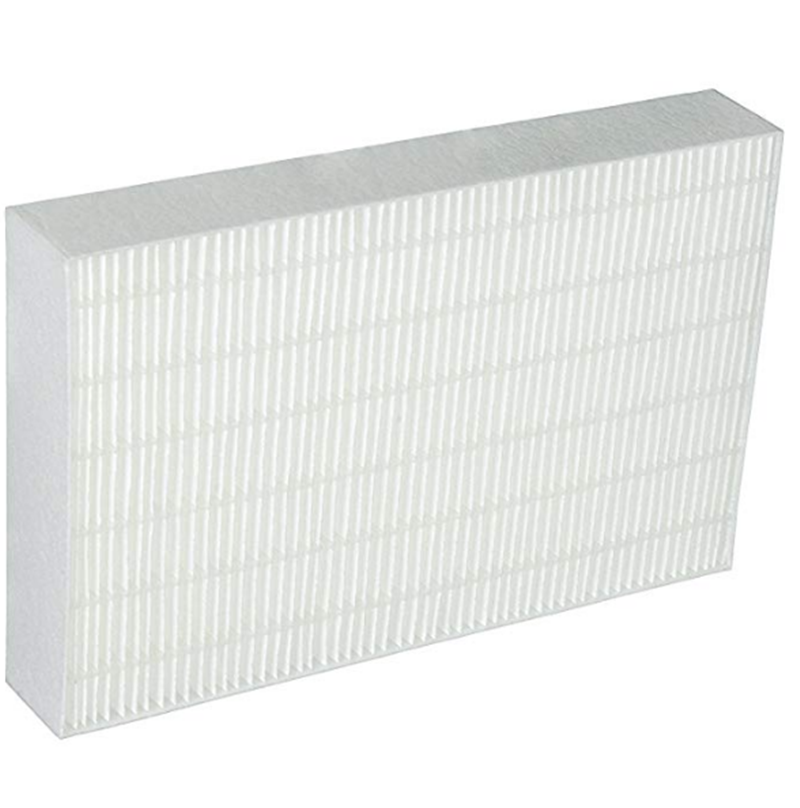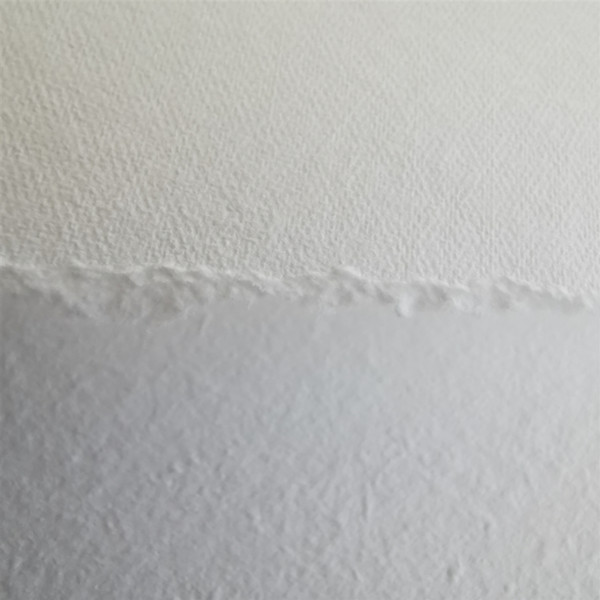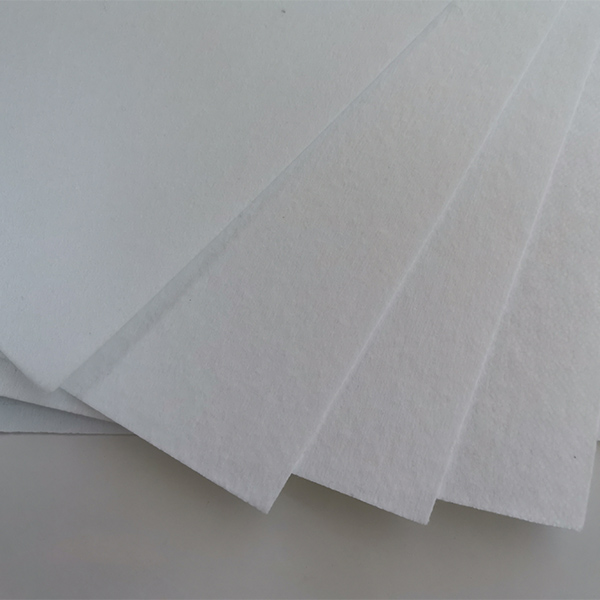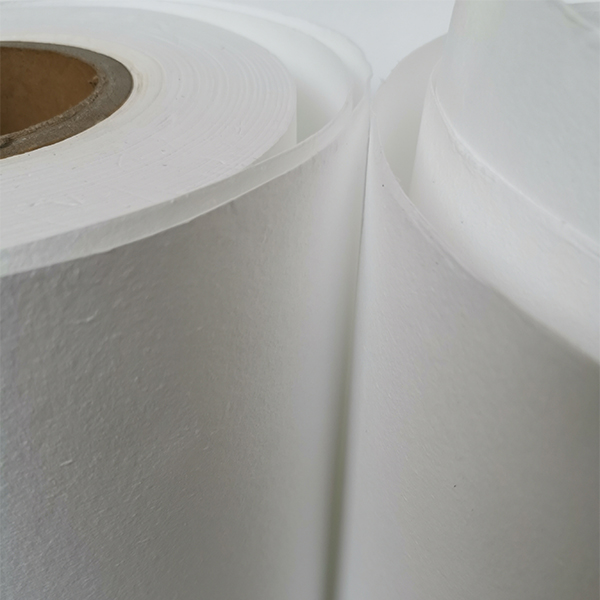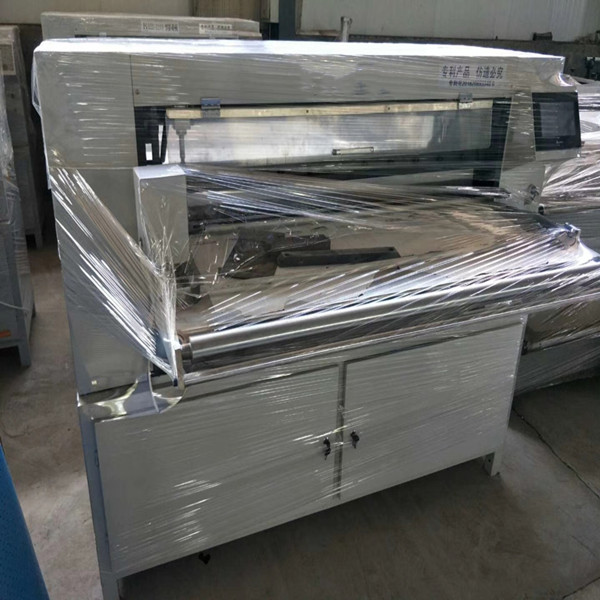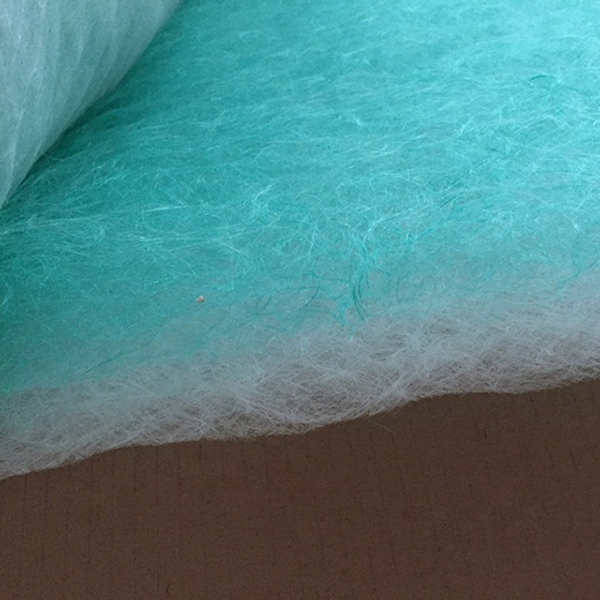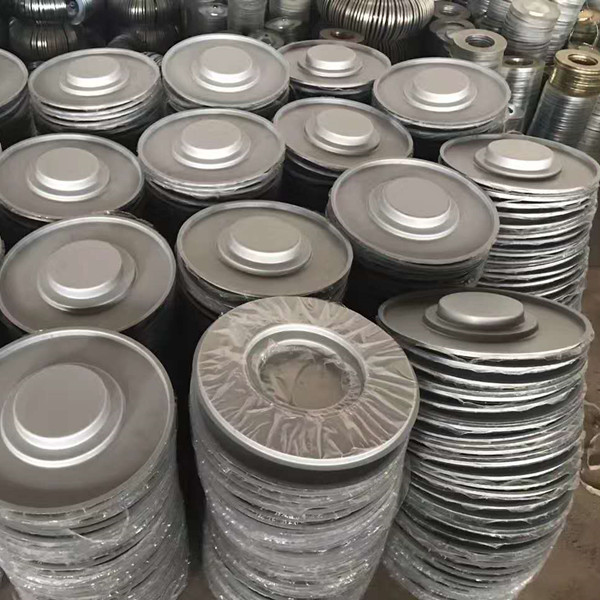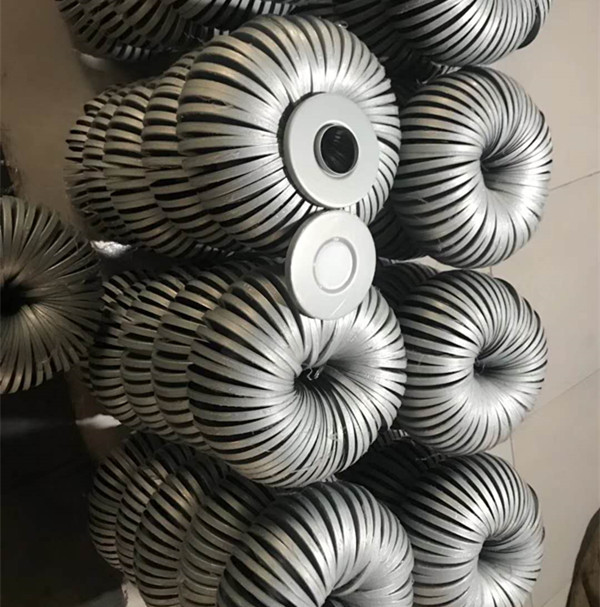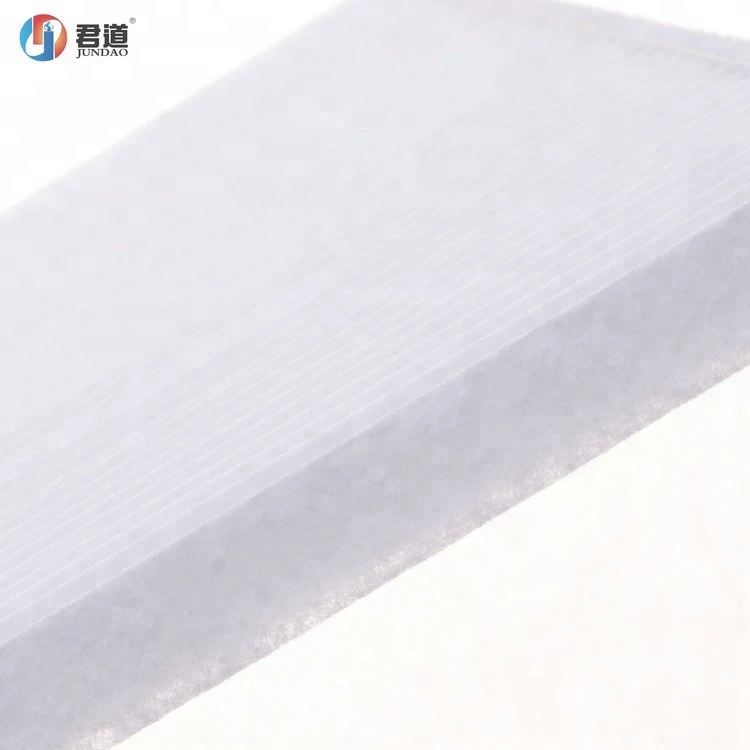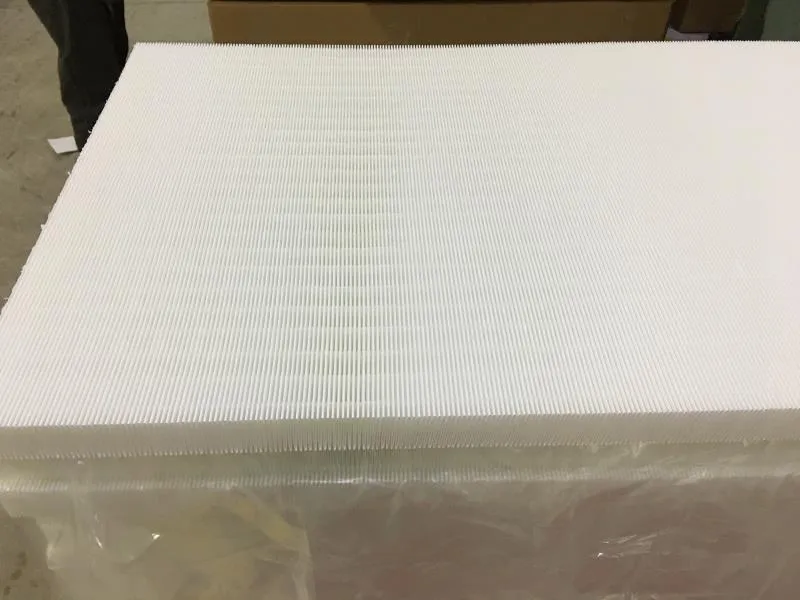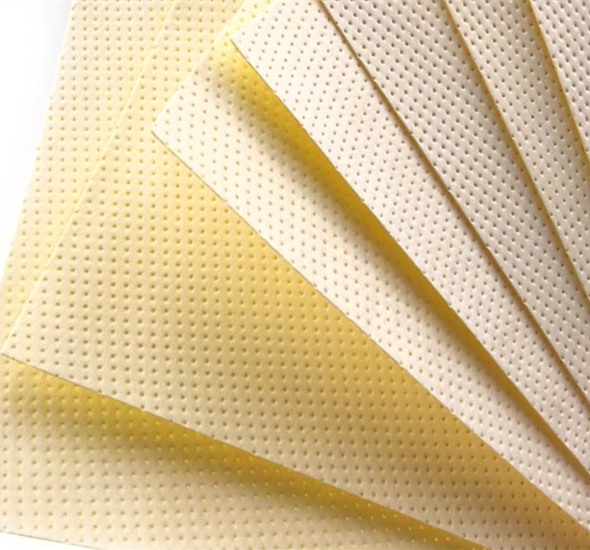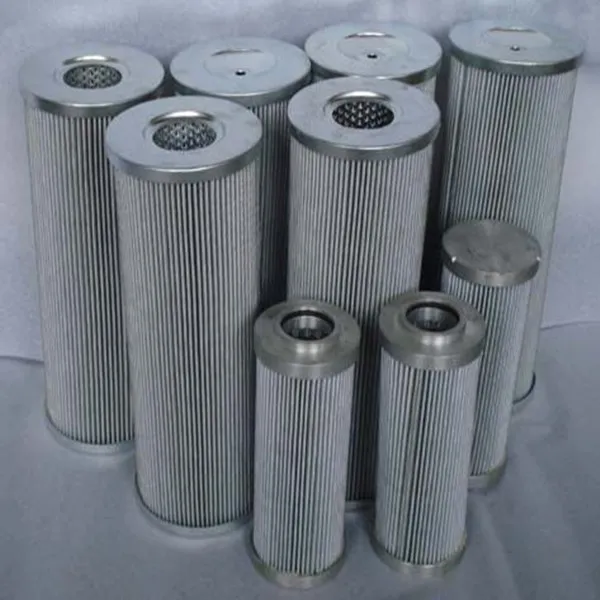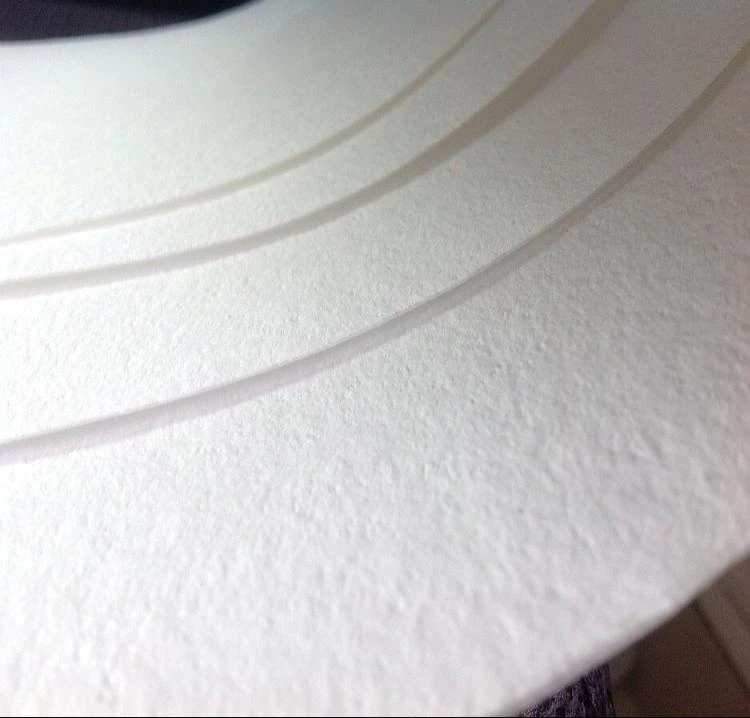In the era of deadly airborne viruses, air purification equipment has now shown various shapes and sizes. At last month’s Consumer Electronics Show CES, the company introduced a new portable air filter device for your bedside, cup holder, table top, meeting room, and even hanging around your neck. Although each of these devices can purify the air, the problem is that none of them can ventilate. Science increasingly shows that if you are serious about stopping the spread of the coronavirus, masks, social distancing and opening windows may do more than expensive electronic purification equipment.
Most air purifier designs use the same basic method. There is a filter and fan. The fan draws in and circulates air through the filter. The filters in these types of equipment are usually made of paper, fiber (usually glass fiber) or some type of net, which allows it to remove contaminants such as dust and pollen well, but cannot remove gas or less. particle. It is important to remember that the work efficiency claimed by the air purifier manufacturer is accurate after laboratory testing, but it is almost impossible to recreate the specific laboratory conditions. The location, installation, flow rate and running time of the purifier will greatly affect its working effect. Ventilation is usually a big problem. After the air is “purified”, the fan circulates it out, but the air is not ventilated to other areas of the space. Therefore, air purifiers often repeatedly purify the same air in their vicinity. The smaller the device, the greater the basic problem.
Ndị ọrụ ahụike amabeghị ọnụọgụ ngwaọrụ ikuku ikuku na-enyere aka kwụsị mgbasa nke coronavirus. Obi abụọ adịghị ya na ha nwere ike inyere ndị na-arịa nrịanrịa aka ma jiri ya mee ihe ruo ọtụtụ afọ, mana nzacha nkọwa nke obere ihe nwere COVID-19 siri ike karị. Ọ dịghị dọkịta na-ekwu na ngwá ọrụ ikuku dị ọcha nwere ike dozie nsogbu a. Ndị ọkachamara na-atụ aro iyi ihe mkpuchi na ịnọpụ na ọha mmadụ dịka ụzọ nchekwa mbụ. Ọ dị mfe ịhụ na ụmụ irighiri ihe COVID-19 adịghị abanye n'ikuku karịa ikpochapụ ha mgbe agbasasịchara. Otú ọ dị, ọtụtụ ngwá ọrụ na-eme ka ikuku dị ọcha emerụghị ọnọdụ a.
More useful than filtration is to increase ventilation. Studies have shown that keeping the air “fresh” is one of the best ways to stop diffusion. Known as air change, the rate at which air is completely replaced in a space is a key indicator of the level of symbiosis risk. The more changes in the air, the better. Mayo Clinic professor and researcher Dr. Mark Ereth explained in our recent “Flexible Workplace” report how much air is needed to pass through a room to help eliminate ultrafine particles such as COVID-19. In an office building, there are several times an hour every three to six minutes,” he said. There is evidence that, with the aid of a central ventilation system, air purifiers increase the air exchange rate or volume. But open the windows is also like this.
Naanị chọrọ inye gị echiche. N'ime ụlọ ịsa ahụ, a na-agbanwe ikuku kwa nkeji atọ ruo isii, ebe n'ime ụlọ ọrụ, a na-agbanwe ya ọtụtụ ugboro kwa elekere.
“The most important thing to consider when buying an air filter is whether the space you want to use in it already has good ventilation-then the air filter won’t increase too much,” Dr. Shelly Miller, an environmental expert, Colorado An engineer at the University of Boulder told Webmd that his research focuses on the spread of airborne diseases.
Iji mee nke ọma, ọ na-esiri ike ịmụ ka esi emepe windo iji gbanwee ikuku. Ikuku ikuku na oghere ime ụlọ siri ike ịṅomi ma ọ bụ ọbụna ịkọ. Ụdị ụlọ kachasị mma n'ụwa na-esiri ike idozi nsogbu nke oghere windo n'ihi na usoro ikuku ikuku dị mgbagwoju anya. Nke kachasị mkpa, windo imeghe nwere ike ịdị irè dị ka ihe na-eme ka ikuku dị ọcha, ma ọ bụ ọbụna dị irè karị. Ikuku ime ụlọ nke nwere ike ịnwe COVID-19 na ikuku dị n'èzí na-enweghị nje ga-ebelata mkpokọta nje na ikuku, si otú ahụ belata ohere nke ibute ọrịa. Ndị nchọpụta ka na-agbasi mbọ ike ịchọpụta oke ikuku na ụdị nke kacha mma. Enweghị nkwekọrịta zuru oke na mpaghara ahụike.
Columbia University virologist Angela Rasmussen told Vox: “There is no perfect “safe” level of ventilation because we actually don’t know what “safe” is because we don’t know how much exposure will cause spread.”
Enweghị azịza niile adịghị mma, mana ọ ka mma karịa ime ka à ga-asị na ị nwere azịza. Ime eziokwu banyere ihe nwere ike ma ọ bụ na ọ gaghị arụ ọrụ nwere ike inyere ndị mmadụ aka ime nhọrọ onwe onye ka mma gbasara otu ha ga-esi nọrọ na nchekwa. Dị ka ọtụtụ isi ndị metụtara ikuku, isi adịghị. Nke kachasị mma, ha nwere ike chegharịa dị ka echiche nke nchekwa. N'okwu kachasị njọ, ndị na-emepụta ionizers, ndị na-emepụta plasma na ndị na-emepụta electrostatic nwere ike ịmepụta ihe egwu dị mma. Ngwaọrụ ndị a na-anakọta ihe ndị ahụ ka ha na-arapara n'elu kama ịkwọ ụgbọ mmiri, si otú ahụ na-emepụta ozone dị ka ihe mmepụta ihe.
ASHRAE, a professional association that specializes in setting standards for ventilation and air-conditioning, said that when using equipment that may generate large amounts of ozone (respiratory tract irritant) as a by-product of its operation, “must be extra careful.” HEPA and ASHRAE recommend avoiding the use of any air purification devices that produce ozone as a by-product of cleaning indoor air in living spaces.
Omume kachasị mma maka ikuku dị ọcha na-atụgharị na ikuku ventilashion. N'ime ụlọ ọrụ ọgbara ọhụrụ, windo mmeghe nwere ike ọ gaghị ekwe omume maka ọtụtụ ihe kpatara ya. Ọtụtụ mgbe, enweghị ike imepe windo ma ọlị. N'okwu a, ị nwere ike hụ na iji ngwaọrụ nzacha ikuku dị elu. Ebe ọ bụ na nzacha ikuku nke na-abụghị nke ozone adịghị emepụta mmetụta ndị na-emerụ ahụ, nanị ihe ọghọm nke ngwa nzacha ikuku ikuku bụ ọnụ ahịa na mkpọtụ. Ọnụego mbufe ikuku dị ọcha (CADR) nke ngwaọrụ na-agwa gị ọtụtụ n'ime arụmọrụ ya. Ogo a na-eburu n'uche arụmọrụ nke nzacha na ike nke fan iji chọpụta oke ikuku na-esi na nzacha. Ka CADR dị elu, na-ebuwanye ohere nke ịdị ọcha. Ịzụta ngwá ọrụ kwesịrị ekwesị bụ naanị iji chọpụta nha ọnụ ụlọ kwesịrị ekwesị. Cheta, ka ngwaọrụ ahụ na-ebuwanye ibu, otú ahụ ka onye na-akwado ya ga-esi na-ekesa ikuku, na ụda ga-adịwanye ukwuu. Na gburugburu ụlọ ọrụ, a ghaghị ịtụle ọtụtụ mkpọtụ. Ọnụ ahịa ikuku HEPA dị elu na-amalite na gburugburu $200, ọnụ ahịa ya na-abawanye ka ọkwa CADR na-abawanye. Ụfọdụ ndị mmadụ na-arụkwa ihe na-asachapụ ikuku nke ha site na ijikọ ihe nzacha MERV na ndị na-akwado igbe ihe na-erughị $30.
Mgbe ị na-emeso akụrụngwa na ihe ahụike chọrọ, ọ dị mkpa mgbe niile ikewapụ eziokwu na akụkọ ifo yana irite uru na ahịa. Ndị na-emepụta ngwaahịa na-atụ anya irite uru site na nnukwu ihe a na-achọ maka akụrụngwa mbelata COVID-19 ejirila akụrụngwa na-asachapụ ikuku juputara n'ahịa ahụ. Ndị ọkachamara kwenyere na akụrụngwa dị elu agaghị emerụ ahụ n'ezie. Ọ ga-ekwe omume n'ezie ime ihe na-eme ka ikuku dị ọcha site n'itinye ọtụtụ narị ma ọ bụ ọbụna puku kwuru puku dollar n'ihe eji eme ka ikuku dị ọcha, mana anyị nwere ike ọ gaghị ama ole. Azịza kachasị mma bụ iyi ihe mkpuchi, ma ọ bụrụ na ọ ga-ekwe omume, mepee windo.
Propmodo na-akọwa ma kọwapụta usoro maka ndị ọkachamara n'ihe gbasara ụlọ ahịa site na ijikọta akụkọ, nyocha, ihe omume na ọrụ ahịa.
• We believe that the future will be defined by leaders who understand the general environment of the real estate industry.
• We believe that the commercial future of real estate lies at the intersection of technology and marketing.
• We believe that the creative future of real estate lies in the intersection of user experience and design.
Oge nzipu: Mar-16-2021

